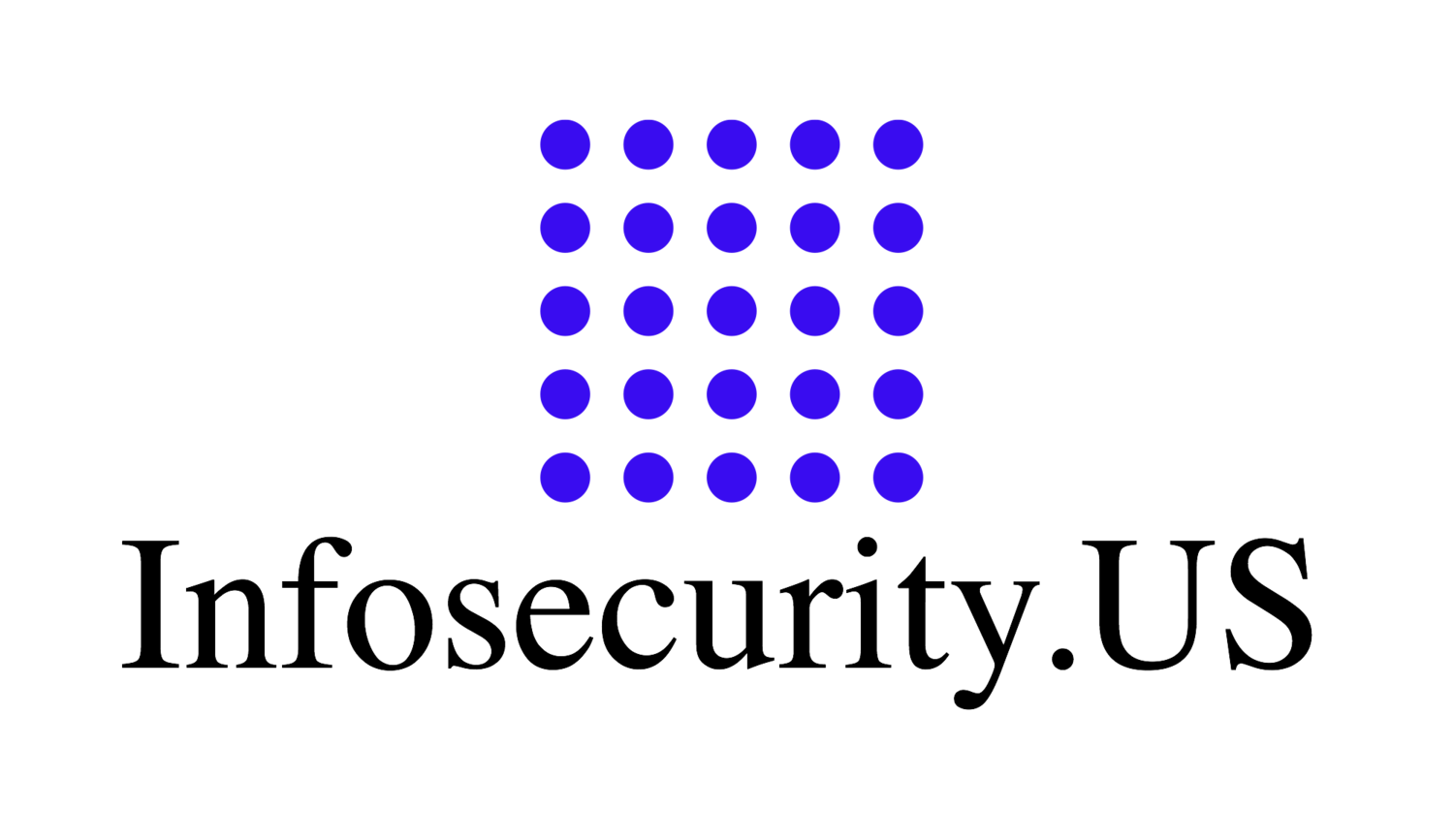Purdue University's CERIAS 2021 Security Symposium - Gary McGraw's 'Security Engineering for Machine Learning' →
Our thanks to Purdue University’s The Center for Education and Research in Information Assurance and Security (CERIAS) for publishing their illuminating security symposiums, seminars, talks, and presentations on the Schools’ YouTube channel.
Purdue University's CERIAS 2021 Security Symposium - Nasir Memon's 'AI, Computational Imaging And The Battle for Media Integrity' →
Our thanks to Purdue University’s The Center for Education and Research in Information Assurance and Security (CERIAS) for publishing their illuminating security symposiums, seminars, talks, and presentations on the Schools’ YouTube channel.
DEF CON 27, Artificial Intelligence Village - Dr Ethan Rudd's 'Loss Is More Improving Malware Detectors' →
Thanks to Def Con 27 Volunteers, Videographers and Presenters for publishing their superlative conference videos via their YouTube Channel for all to see, enjoy and learn.
DEF CON 27, Artificial Intelligence Village - Hyrum Anderson's 'Competitions In Infosec Machine Learning' →
Thanks to Def Con 27 Volunteers, Videographers and Presenters for publishing their superlative conference videos via their YouTube Channel for all to see, enjoy and learn.
POTS - Protective Optimization Technologies: May The Algorithm Be With You
via Adrian Colyer (a Venture Partner at London, UK ensconced Accel, and writing at The Morning Paper comes a sperlative analysis of this outstanding scholarly paper entitled POTS: Protective Optimization Technologies - authored by Bogdan Kulynych, Rebekah Overdorf, Carmela Troncoso and, Seda Gürses - focusing on the examination of 'Algorithmic Fairness'. Todays Must Read. Citation, POTS: Protective optimization technologies, Kulynych, Overdorf et al., arXiv 2019 https://arxiv.org/abs/1806.02711
Citation, POTS: Protective optimization technologies, Kulynych, Overdorf et al., arXiv 2019 https://arxiv.org/abs/1806.02711
Derbycon 2019, Will Pearce's & Nick Landers' '42: The Answer To Life, The Universe, And Everything Offensive Security' →
USENIX Enigma 2019, Lorenzo Cavallaro's 'When The Magic Wears Off: Flaws In ML For Security Evaluations' →
outstanding conference videos on their YouTube Channel
Security BSides London 2019, Lorenzo Cavallaro's 'When the Magic Wears Off: Flaws In ML For Security Evaluations' →
When a Tree Falls in St. Louis, Will the Power Go Out?
A superlative bit of combinatorial scholarship coming out of St. Louis University, where Sean Hartling, Vasit Sagan, Paheding Sidike, Maitiniyazi Maimaitijiang and Joshua Carron have lashed-up geospatial sciences, machine learning, UAVs, and no-small level of intellectual virtuosity to study trees, the natural felling thereof, and power outages. Todays' Must Read for you ICS Boffins and Foresty geeks (while not ignoring the AI, ML, UAv and Network Information Security types as well).
"At SLU, geospatial science meets machine learning. In a study recently published in Sensors, Saint Louis University researchers paired satellite imaging data with machine learning techniques to map local tree species and health. The data generated by the project will help inform best practices for managing healthy green spaces as well as trimming programs to avoid power outages following storms." - via Carrie Bebermeyer, Senior Media Relations Specialist at St. Louis University
Joscha Bach, Ph.D., 'The Lebowski Theorem of Machine Superintelligence' →
via Jason Kottke, comes a Lebowski Cogitation with sterling credentials, in which, the Dude wades in with his take on machine learning (in reality {if you like that sort of thing} via a twitter message by Joscha Back, Ph.D,); utilizing the non-virtual Jeffrey Lebowski (whom, of course, abides, if only on celluloid, and bits on the wire,) as the vector:
'No superintelligent AI is going to bother with a task that is harder than hacking its reward function.' - The Lebowski Theorem - Joscha Back, Ph.D.
The Uncovering →
Via Chris Lee - writing at Ars Technica, comes news of the 'uncovering' of the Higgs Boson particle via the utilization (in the machine-learning realm) of a D-Wave Quantum Computational Device.
'The discovery of Higgs-boson decays in a background of standard-model processes was assisted by machine learning methods 1, 2. The classifiers used to separate signals such as these from background are trained using highly unerring but not completely perfect simulations of the physical processes involved, often resulting in incorrect labelling of background processes or signals (label noise) and systematic errors.' - via Nature 550, 375–379 (19 October 2017) doi:10.1038/nature24047
USENIX Enigma 2017 — Nestan Tsiskaridze's 'Leveraging the Power of Automated Reasoning in Security Analysis of Web Applications and Beyond' →
This is a joint work with Clark Barrett (NYU/Stanford University), Morgan Deters (NYU), Tianyi Liang (The University of Iowa), Andrew Reynolds (The University of Iowa/EPFL), Cesare Tinelli (The University of Iowa) and Nestan Tsiskaridze, University of California, Santa Barbara.
Machine-Based Investigation: Fully →
via Motherboard writer Michael Byrne, comes this well-wrought piece on the apparent proliferation of 'bots on Twitter, ie., the implications of algorithm-driven entities on the Twitterverse. The fascinating component to this study by Onur Varol, Emilio Ferrara, Clayton A. Davis, Filippo Menczer and Alessandro Flammini, was the utilization of a machine-learning apparatus (and the feature-sets therein) to tease out the truth. Additional documentation (in the form of the paper) is available on arXIv. Today's MustRead.
"Part of what makes the new research interesting is the sheer number of features used in the classification model..." - Motherboard's Michael Byrne


